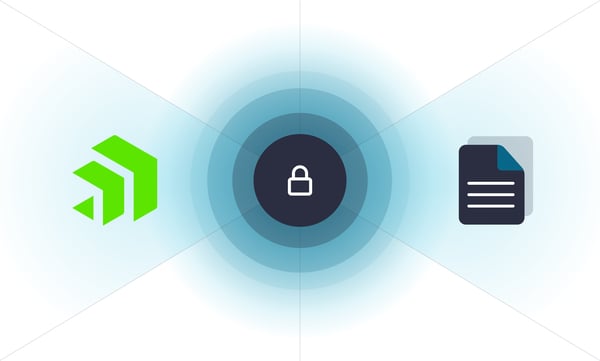March 26, 2020 • Ofir Ashman
5 Ways Attackers Can Hack Your Email Account
4Min read
•
malware,
Ransomware,
phishing,
email phishing,
email security,
brute force,
credential stuffing,
keylogging



